
Miraculously, Junko Morimoto survived the Hiroshima bomb in 1945, but was eye-witness to the incredible suffering of others, including the fate of her school friends.
Materials from Asia

Miraculously, Junko Morimoto survived the Hiroshima bomb in 1945, but was eye-witness to the incredible suffering of others, including the fate of her school friends.
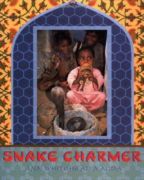
A little boy in India longs to become a snake charmer. Vishnu dreams of being a snake charmer like his father. He already knows how to handle cobras and he is learning to play the special flute. He longs to go to the city to charm snakes while the tourists watch. But his father thinks that education is more important, so Vishnu must stay home. Life in the village is never dull, though. There are plenty of games and chores to keep everyone busy, and then there’s school, which is taught outdoors. And every few weeks Vishnu’s father-and the snakes-return home to visit. A striking introduction to life in India as seen through the eyes of one little boy.
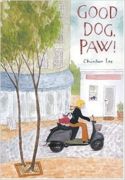
With appealingly childlike artwork, Chinlun Lee shows a day in the life of an earnest little canine who will capture the hearts of the littlest dog lovers. I am Paw. I love April. April loves me. She’s my owner. She’s a vet. Paw is a busy dog. Every morning April gives him his ten-point checkup and then scoots him off to the office where she works as a vet. Paw has an important job there-singing reassuring songs to all the animals as they wait to be seen. But his best song he saves for April at the end of the day! A lighthearted tale that will inspire little readers to practice some loving ten-point care on their own lucky pets.
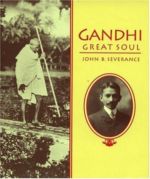
A biography of Mahatma Gandhi, whose mission in life was to help the 350 million people of India free themselves from British rule. “This well-written biography is notable for both its textual and pictorial content. . . . Little else is available for young people regarding this important leader that combines this book’s depth of scholarship, clarity, and the human element.” — School Library Journal, starred review
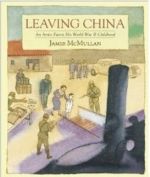
James McMullan was born in Tsingtao, North China, in 1934, the grandson of missionaries who settled there. As a little boy, Jim took for granted a privileged life of household servants, rickshaw rides, and picnics on the shore—until World War II erupted and life changed drastically. Jim’s father, a British citizen fluent in several Chinese dialects, joined the Allied forces. For the next several years, Jim and his mother moved from one place to another—Shanghai, San Francisco, Vancouver, Darjeeling—first escaping Japanese occupation then trying to find security, with no clear destination except the unpredictable end of the war. For Jim, those ever-changing years took on the quality of a dream, sometimes a nightmare, a feeling that persists in the stunning full-page, full-color paintings that along with their accompanying text tell the story of Leaving China.
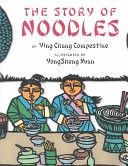
Left alone to prepare their family’s prize-winning dumplings for the annual cooking contest, the young Kang boys accidentally invent a new dish, “mian tiao,” or noodles, in a tale that includes a cultural note and a recipe for long life noodles.
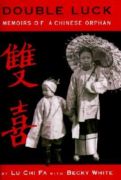
Tells the story of the author’s struggles after being orphaned at the age of three and how he held on to his dream of coming to the United States as he passed from one relative to another and was even sold to a Communist couple.
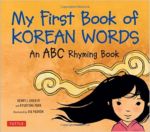
My First Book of Korean Words is a beautifully illustrated book that introduces young children to Korean language and culture through everyday words.
Featured in WOW Review Volume IX, Issue 3.

Two friends, a boy from the country and a girl from the city, take us on a tour of their beloved land through their eyes. They introduce us to their homes, families, favorite places, school life, holidays and more!
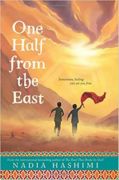
Obayda’s family is in need of some good fortune, and her aunt has an idea to bring the family luck—dress Obayda, the youngest of four sisters, as a boy, a bacha posh.Life in this in-between place is confusing, but once Obayda meets another bacha posh, everything changes. Their transformation won’t last forever, though—unless the two best friends can figure out a way to make it stick and make their newfound freedoms endure.